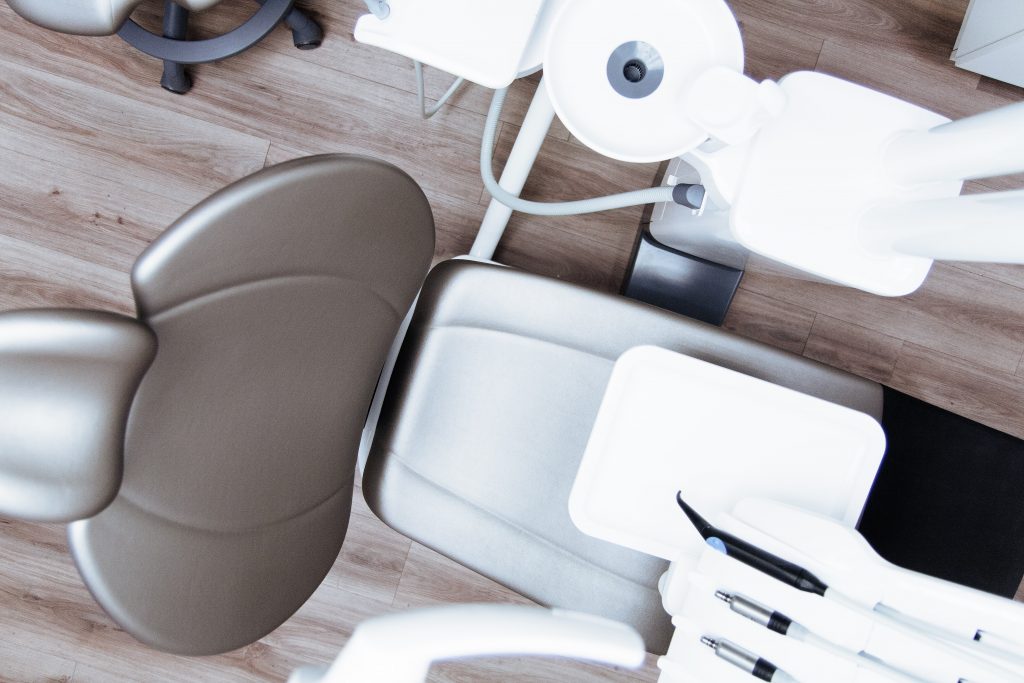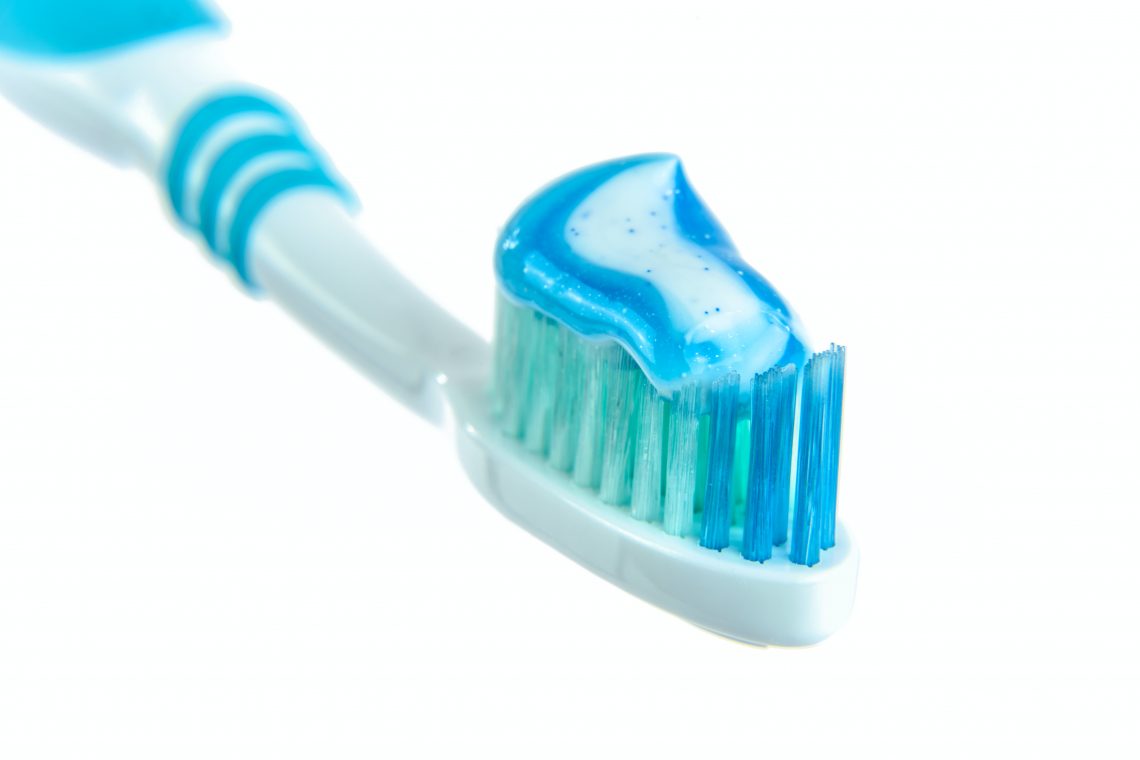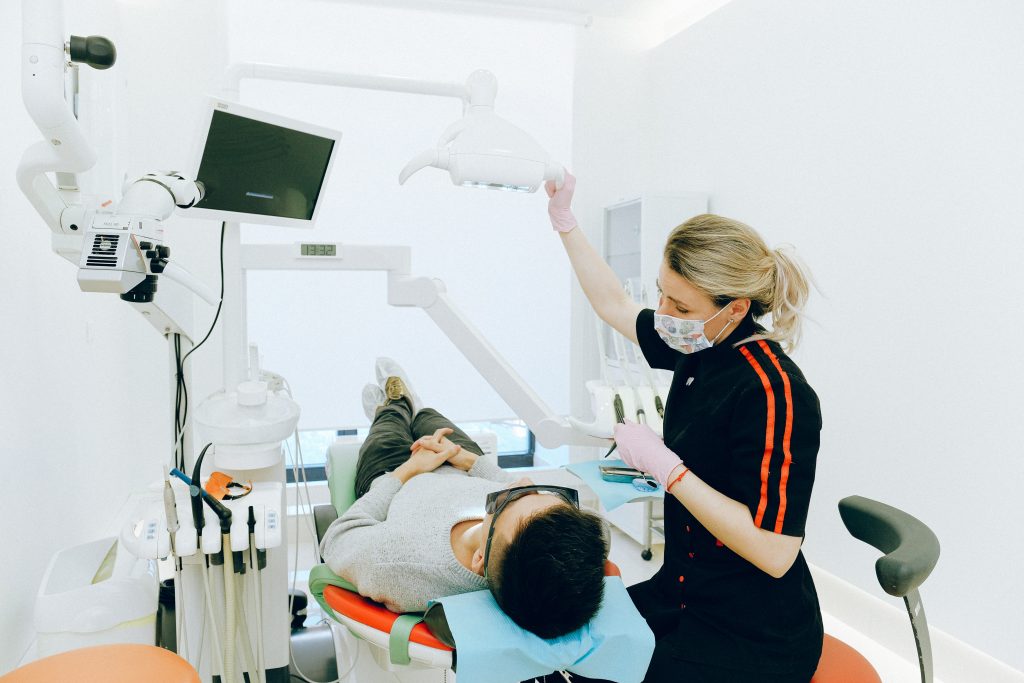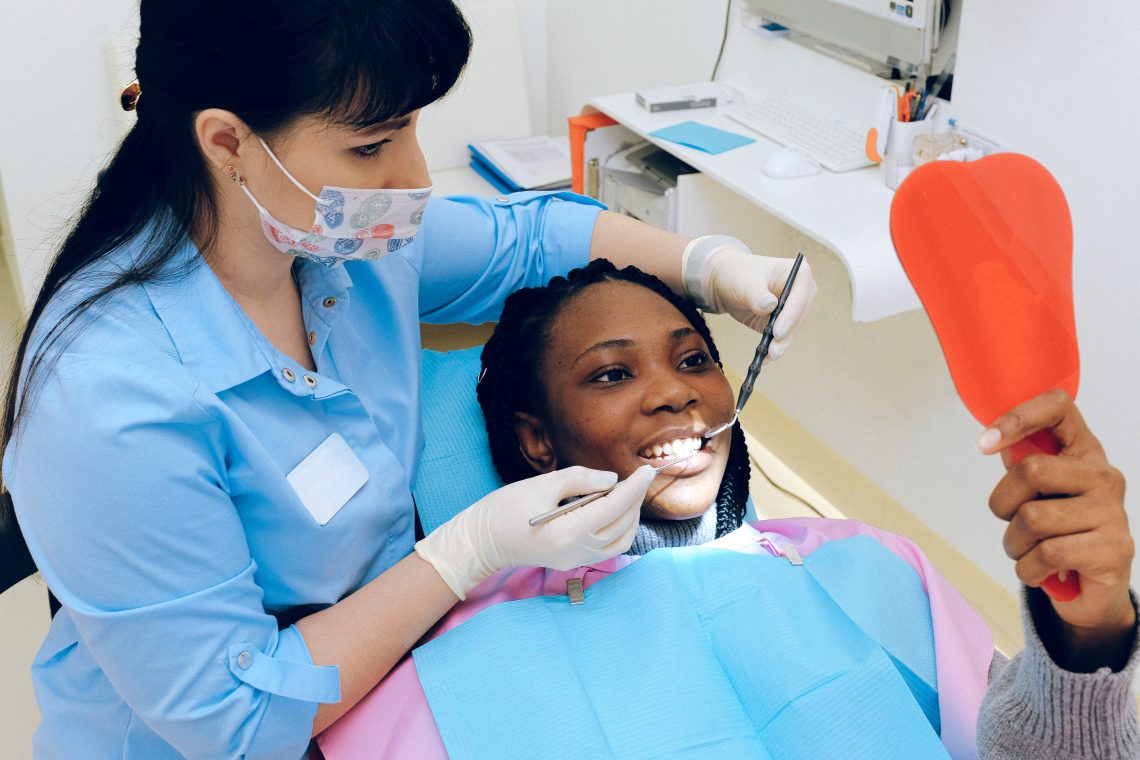Dental Practice
-
What Is It, When Do We Need It, What Types Are There And How Much Does It Cost?
What is Orthodontics:
Orthodontics intervenes in cases in which there are abnormalities in the shape, position, or relationship and function of the teeth and jaws.
Its main objective is to try and correct these flaws to keep the teeth in a healthy condition and with the good aspect or because the teeth in place inadequate hinder oral hygiene are likely to fall early, to suffer unusual wear, and cause tensions and pains in the muscles involved in chewing.
For the treatment of all these defects, orthodontics uses and control different types of appliances, techniques, and forces that allow correcting the problems of the teeth, such as appliances (fixed and removable), which allow teeth to move, retrain muscles, or modify the growth of the jaws.
Types of orthodontic appliances
Orthodontic appliances can be divided into fixed and removable. Fixed appliances are those that are attached to the patient’s teeth, while removable ones are those that can be removed from the mouth to eat, sleep or brush teeth.
Fixed appliances
Brackets: they are made up of a system of bands, wires, and brackets, which are adjusted to exert gradual pressure on the teeth to bring them to their correct position.
Special fixed appliances: These are used to control things like thumb sucking or the pressure of the tongue against the teeth.
Space retainers: they allow to maintain the space left by a temporary tooth when it falls out while the permanent tooth comes out.
Removable appliances
Removable Aligners – Helps align teeth, but without metal wires or braces.
Removable space retainers: allow to maintain the space between teeth.
Appliances for the repositioning of the jaw: they are used to correct problems in the jaw joint, they are placed in the upper and lower jaw.
Lip and cheek separators: they are used to keep lips and cheeks separated at an adequate distance.
Palate expander: used to widen the arch of the upper jaw.
Removable retainers: used on the roof of the mouth to prevent the teeth from moving back to their original positions.
Facebook or cap prevents the growth of the upper jaw, retains the back teeth, and pulls back the anterior teeth.
Who Needs Orthodontics?
The need for orthodontic treatment can vary from person to person, what is a fact is that teeth in a good position and that bite correctly tend to last healthy for more years. These are some of the reasons for orthodontic treatment:
To maintain spaces
In the stage of milk tooth replacement, it is possible to help with orthodontic appliances to maintain or create spaces for the permanent teeth that are erupting.
To align crowded or crooked teeth
This in addition to improving the aesthetics of your smile will help you brush your teeth correctly avoiding problems caused by poor dental hygiene such as gingivitis or periodontitis. Properly aligned teeth can function properly and thus do not wear out.
To avoid cavities
Crooked or crowded teeth can be the perfect space for plaque and bacteria to be difficult to remove with daily dental hygiene, therefore, they are more prone to developing cavities.
To bring the bite into a good position.
A bite in a bad position causes abnormal wear on teeth, inefficient chewing, and deterioration in the jaw joint (temporomandibular joint), which joins both jaws. Orthodontic treatment can correct bite problems such as:
Open bite: Bite in which there is a space between the upper front teeth and the lower front teeth, which makes them not close between them, but between the back teeth.
Crossbite: One or more upper teeth close behind or outside the lower teeth.
Increased overbite: The upper teeth completely cover the lower teeth when the bite is closed.
Midline deviation: The center of the upper teeth does not coincide with the center of the lower teeth.
Because your gums are retracting
A bad tooth positioning causes the teeth to receive the forces incorrectly and this can unnecessarily overload the gums and bones that support the teeth and as a consequence of this overload the teeth wear out and the gums retract causing gingival recessions.
To treat pain in the temporomandibular joint (TMJ)
The TMJ is the joint that joins the two jaws, if our teeth are not in a good position or bite badly, they are likely to cause a bad position in the joint. The muscles will overwork to stabilize the joint and this can cause muscle, head, neck, and ear pain.
Types of orthodontics
Orthodontics seeks the balance of all the components of the chewing apparatus and achieves this by applying controlled forces on the teeth to place them in an optimal position. Depending on the purpose of the treatment, we could say that there are the following types of orthodontics:
Interceptive orthodontics
This type of orthodontics uses fixed and removable appliances that help maintain or alter the space between the teeth, directly affecting the bones, that is, the jaws, which support the teeth. Generally, they are devices that, by expanding little by little, help to bring the jaws into an adequate position, preventing crowding and other problems in the future with the permanent teeth.
-
What Is Orthodontics:
The word, as such, comes from the Latin orthodontia, which derives from the Greek roots ὀρθο- (ortho-), which means ‘straight’ or ‘correct’, and ὀδούς, ὀδόντος (odoús, odóntos), which translates ‘tooth’.

Orthodontics intervenes in cases in which there are abnormalities in the shape, position, or relationship and function of the teeth and jaws.
Its main objective is to try and correct these flaws to keep the teeth in a healthy condition and with the good aspect or because the teeth in place inadequate hinder oral hygiene are likely to fall early, to suffer unusual wear, and cause tensions and pains in the muscles involved in chewing.
Some of the most common conditions in orthodontics are overbite, underbite, crossbite, open bite, misplaced midline, spacing, crowding, among others.
For the treatment of all these defects, orthodontics uses and control different types of appliances, techniques, and forces that allow correcting the problems of the teeth, such as appliances (fixed and removable), which allow teeth to move, retrain muscles, or modify the growth of the jaws.
Lingual appliances are permanently mounted on the inner surface of the teeth (on the tongue side). It is a modern and invisible alternative to standard dental braces. The idea and technology of the cameras have been proven for over 40 years. The apparatus may consist of ready-made elements or it may be created individually for each patient in a foreign laboratory (Incognito system).
Incognito appliances, unlike other language appliances, are individually designed appliances for a specific patient. It is invisible, easy to keep clean, and the only person who knows about it is the patient himself. Thanks to CAD / CAM computer technology, the device is made individually for the patient, which means that it is perfectly fitted to both orthodontic brackets and wires. Thanks to the low profile of the brackets and smaller parts of the camera, it is easier to get used to and the use of the camera is comfortable.
Gold and iridium alloys are used in the production of the apparatus. Incognito is free of nickel, which is a particularly allergenic metal.
Due to the specific technological process, the price of a lingual appliance is higher than that of traditional orthodontic appliances, but in return, we obtain full discretion and the highest quality of treatment. Lingual braces are available to everyone, regardless of age. It can cure all malocclusions, including cases of patients with retained teeth. An important condition before starting orthodontic treatment is the absence of periodontal disease, the absence of deciduous teeth, and a sufficient amount of the crown part of the tooth to stick the bracket.
The process of creating the braces requires sending the impressions of your teeth to a laboratory in Germany, where, using modern computer programs, dental models are made, and then an individual language apparatus is created.
Advantages of Incognito:
serves to cure any malocclusion
it is fully invisible
it is non-allergenic, nickel-free, and easy to clean
An individually designed apparatus allows shortening the treatment time.


